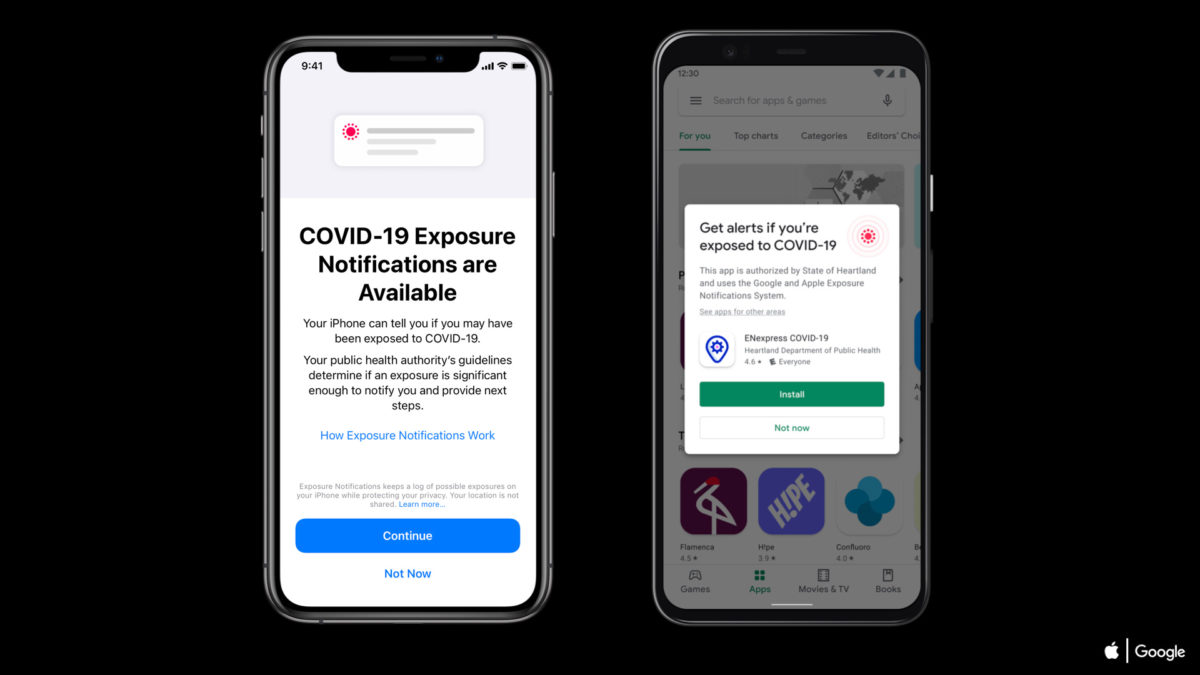
- A report suggests the COVID apps used in 26 states based on Google/Apple APIs didn’t have much effect.
- Very small percentages of the population used the apps. Even fewer reported positive COVID-19 test results.
- It’s clear that the apps did help, but it seems resources could have been better spent elsewhere.
As the COVID-19 pandemic really started gaining steam in 2020, Google and Apple — in a rare show of unity — pledged to help. The two tech giants created Android and iPhone APIs that would make it easy for governments around the world to develop applications to help with the contact tracing of infected individuals.
Although over 50% of states in the US adopted the APIs, it appears the resulting COVID apps had little positive effect. According to a report from Business Insider (h/t Apple Insider), very few folks saw any actual material gain from using the apps. This stands in stark contrast to the United Kingdom, which saw significant benefits from the APIs.
See also: Our readers’ phone usage is way up during the COVID-19 lockdown
There were 26 states that adopted the Google/Apple exposure notification system. Only 17 provided partial data for research, which Business Insider used to come to its conclusions. In Maryland, the state with the largest number of installs at 40% of the population, saw only 9.7% of COVID-19 cases logged. This is the state with the best numbers — it only gets worse from there.
Looking at the data from the 17 states, you find that approximately 24.8% of residents even installed one of the COVID apps. Of those, only about 2.14% of COVID-19 cases were actually logged.
What happened here?
Why aren’t Americans using COVID apps?
There are a few theories why Google’s and Apple’s efforts fell flat in the United States. The most obvious are misinformation and mistrust. COVID-19 denial is rampant in the US, which could have led to people outright refusing to install the apps. Even folks who accept that the virus is real and dangerous might not trust Big Tech. That could have led them to refuse it as well.
In addition, the people who felt inclined to install one of the COVID apps were probably more likely to be taking preventative measures against getting it. That could be why the reported cases within the apps are so low.
Whatever the case, Business Insider’s numbers suggest Google and Apple could have seen more benefits in the US if they invested resources elsewhere. Google could have worked harder on curbing misinformation spreading on YouTube, for example. Apple — one of the richest companies in all of humanity’s history — could have poured more of that cash into vaccine awareness and other science-based campaigns.
Of course, it’s not too late to do those things. The pandemic is still widespread and all evidence points to more lockdowns coming soon.